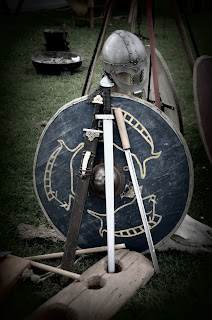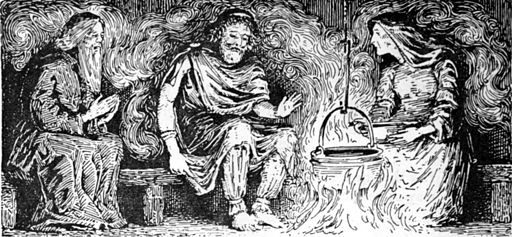You’re Not a Racist — You’re Just a Fucking Idiot
Welcome to the Rational Heathen’s hour of Racist or Not-a-Racist! Here you can win snarky comments backed by science and logic, plus either an overwhelming urge to agree, change your point of view, or fly into an uncontrollable rage and smash your computer all to Hel. Wanna play along?
 You’re Not a Racist, Unless You Hate Vulcans
You’re Not a Racist, Unless You Hate Vulcans
Let me start out with the fact that race is a construct. Unless you’re hating a wight or extraterrestrial sentient species, you’re hating a member of your own race. You see, you’re homo sapiens and the person whom you think is another race is also homo sapiens. The differences between you and that person is just ethnic variation. Some tens of thousands of years and multiple generations cause adaptations for a particular climate. Humans had dark skin when they came out of Africa and their skin became lighter when it became advantageous to have less melanin so they could absorb more sunlight and produce more Vitamin D. This was important in northern climates where the amount of sunlight is less due to the tilt of the earth’s axis.
So, there’s no way you could be a racist, if you hate someone who has a different skin color than you. You are, however, a bigot, and a fucking idiot to boot.
Your Ancestors Were Black Even If You’re White
For those bigots who think their ancestors were lily white from the moment they existed, I’ve got news for you. Your ancestors were dark skinned at one time. You want proof? Check out the Cheddar Man (not named that because he liked cheese, although he could have) who had blue eyes and brown or black skin. And his tribe is responsible for 10 percent of those Brits who live in England today. And yes, those modern day Brits are white even though their ancestors had dark skin 10,000 years ago. This is not a particular aberration either. Archaeologists found the skeletons of two men who lived some 6000 years ago in northwest Spain. Genetic testing proved that they had blue eyes and dark skin. These men are most closely related to Scandinavians and Finns, thus proving that the white skin became an adaptation to the environment and not something that humans had at the moment of their inception.
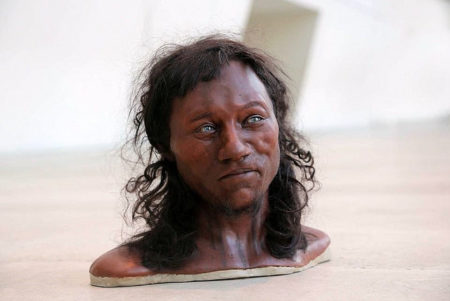
It’s kind of funny too, because at one time our ancestor hominids most likely all had white skin. Of course, that’s when our ancestors were as hairy as chimpanzees. (Chimps, who are some of our closest relatives have white skin, due to the fur covering.) When our ancestors started losing their fur, the skin had to make up for the protection against the African sun and our ancestors’ skin darkened.
Genetically, We’re All the Same with Some Minor Differences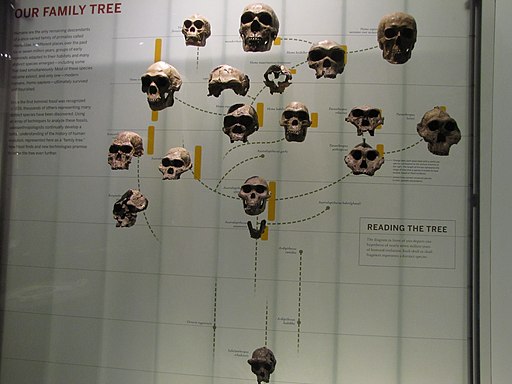
Humans nearly went extinct not once, but three times. Each time, we were tenacious enough to hang on, but it seriously narrowed our gene pool. Then, we had the stupidity to reduce our gene pool further by having only certain males and their dominant lines mate with women some 7000 years ago when humans switched from hunter-gatherers to agrarian cultures. So, we’re a bunch of hormone-driven, inbred hominids who push the feeder bars to get our shots of dopamine. Yeah, it’s amazing we haven’t gone extinct.
We already know that there is only one women ancestor whom everyone now living has her mitochondrial genetics. Unfortunately, she has been nicknamed Mitochondrial Eve, which has unhappily been associated by Bible thumpers to be the “real” Eve of the Bible. Likewise, there is a male counterpart, which has been nicknamed Y-Chromosomal Adam. (Like we don’t have enough issues with the Bible thumpers already?)
This shows you just how screwed up we are as a species. Sure, we have differences genetically, but we all have the same ancestor somewhere at some point. That makes every single human on this planet related to each other. Talk about banjos.
So, What About Those Who Can’t Figure This Out?
At this stage, if you’re really set on believing your lily-white ass is better than some other ethnic group because of your skin color, you’re a fucking idiot. You’re not even hating someone of a different race. Instead, you’re hating someone who is your not-so-distant cousin just because they look a little different. So, if you’re intent on hating people based on what they look like, you’re what’s wrong with our society.
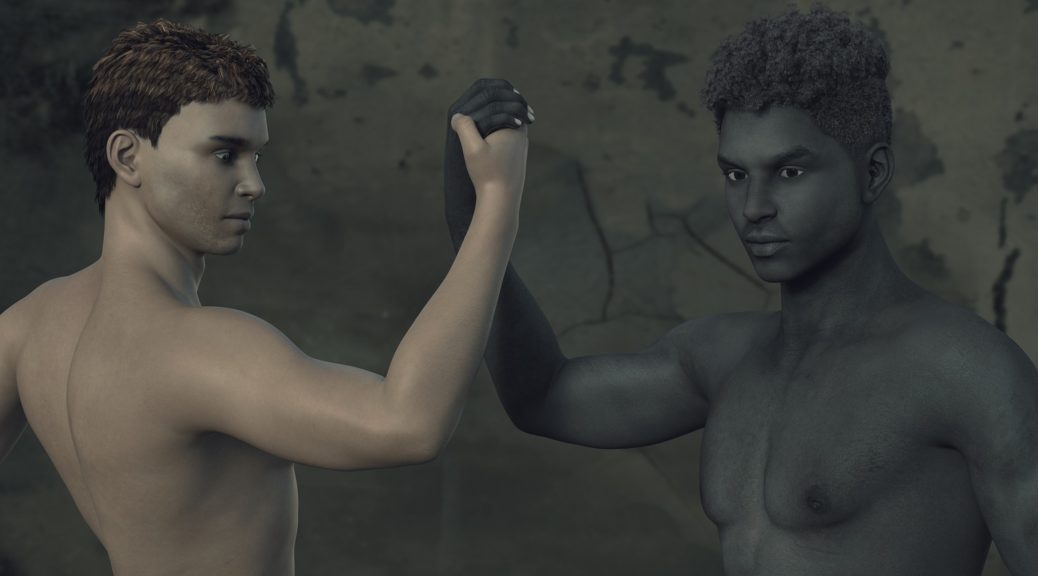
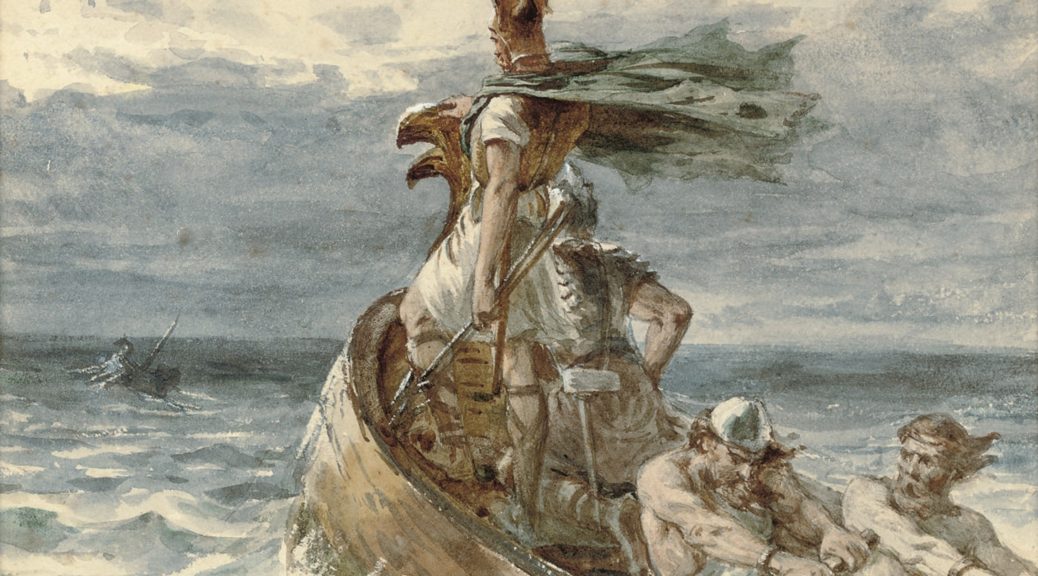
 Our medieval and Viking ancestors were a prejudiced lot. They routinely attacked, enslaved, and killed people who weren’t like them. Furthermore, there was a lot of fear associated with those who were not like them. Does this sound familiar?
Our medieval and Viking ancestors were a prejudiced lot. They routinely attacked, enslaved, and killed people who weren’t like them. Furthermore, there was a lot of fear associated with those who were not like them. Does this sound familiar?